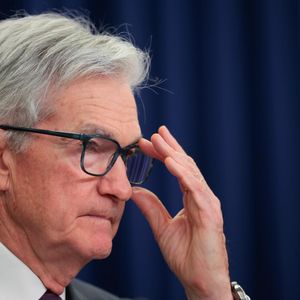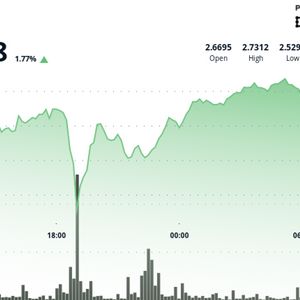Latest from CoinDesk
-
 Bitcoin Shakes Off Powell Jitters: Crypto Daybook Americas
Bitcoin Shakes Off Powell Jitters: Crypto Daybook Americas2025-07-31 14:15
-
 Germany’s AllUnity Launches BaFin-Regulated Euro Stablecoin EURAU
Germany’s AllUnity Launches BaFin-Regulated Euro Stablecoin EURAU2025-07-31 14:00
-
 Whale Activity Surges as Bitcoin Builds Momentum Toward New Highs
Whale Activity Surges as Bitcoin Builds Momentum Toward New Highs2025-07-31 13:39
-
 MicroStrategy's Market Hints at Strongest Downside Risk Since April
MicroStrategy's Market Hints at Strongest Downside Risk Since April2025-07-31 10:25





